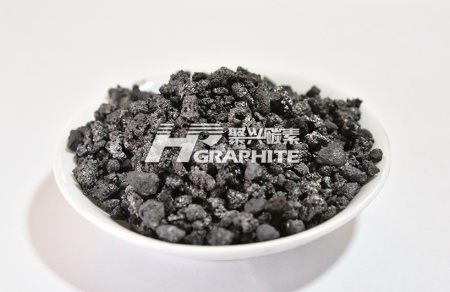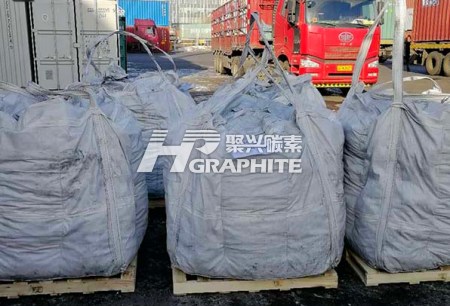【Calcined Petroleum Coke】Analysis of Market Development

【Calcined Petroleum Coke】Analysis of Market Development
1. Development History
Calcined petroleum coke (cpc) originated in the 1980s, along with the development of the global oil industry, where petroleum coke became an important byproduct. The production process of calcined petroleum coke has gradually improved and is widely used in industries such as metallurgy, aluminum electrolysis, and ferro-alloys. Currently, the global production capacity of calcined petroleum coke is increasing year by year, and the market size is also expanding.

2. Market Size
According to statistical data, the market size of calcined petroleum coke has been growing annually. In 2019, the global production of calcined petroleum coke reached approximately 60 million tons, with a market size exceeding $30 billion. It is expected that by 2025, the global market size for calcined petroleum coke will exceed $50 billion.
3. Market Demand
The main application areas for calcined petroleum coke are in the metallurgy and aluminum electrolysis industries. The metallurgy industry has a large demand for calcined petroleum coke and high quality requirements. Alongside global economic development, the demand for calcined petroleum coke in the aluminum electrolysis industry is also increasing. Additionally, emerging fields such as lithium batteries and ferro-alloys also have certain demands for calcined petroleum coke.
4. Market Competition
The market for calcined petroleum coke is highly competitive, primarily among large-scale petroleum coke production enterprises globally. These enterprises possess advanced production processes and mature sales networks, giving them strong market competitiveness. Additionally, there are some small and medium-sized enterprises in the market that compete with large enterprises through technological innovation and cost advantages.

5. Market Trends
In recent years, the calcined petroleum coke market has shown the following trends:
1) Increased Environmental Awareness: With the rising demand for global green development, the petroleum coke industry also faces environmental protection pressures. Some countries have implemented policies limiting the use of coal and petroleum coke, driving the market demand for green, low-sulfur, and low-ash calcined petroleum coke.
2) Technological Innovation: As technology advances, the production process and quality control of calcined petroleum coke have continually improved. The application of new technologies has enhanced the production capacity and quality of petroleum coke, further driving market development.
3) Changes in Regional Market Patterns: The competitive landscape of the global calcined petroleum coke market is changing. The market share in the Asian region is gradually increasing, making it a major supply area for the global calcined petrol
6. Market Risks
The calcined petroleum coke market faces certain risks and uncertainties. Main risks include:
1) Raw Material Supply Risk: The raw material for calcined petroleum coke is petroleum coke, and unstable supply can lead to market price fluctuations.
2) Policy Risk: Some countries implement restrictive policies on the petroleum coke industry, which may affect the market.
3) Environmental Risk: The production process of petroleum coke emits a large amount of carbon dioxide and harmful gases, and increased environmental requirements could impact the market.
7. Conclusion
The calcined petroleum coke market is exhibiting a continuous expansion trend globally, with increasing demands regarding the environment and raw materials. The market is highly competitive, and technological innovation and changes in regional market patterns will be key to future market development. In facing risks and uncertainties, enterprises should closely monitor market changes, enhance technological innovation, and improve product quality to maintain competitiveness. Forcus on the calcined coke market trends, feel free to communicate with us at any time.
No related results found








0 Replies